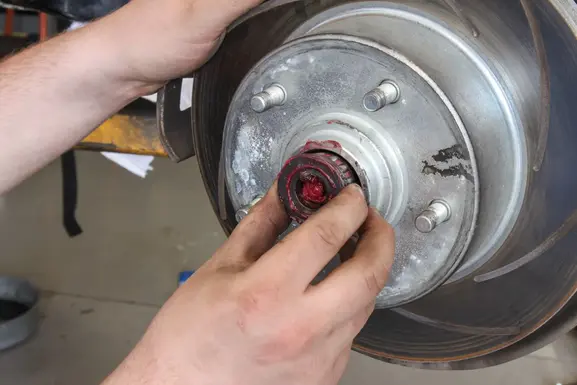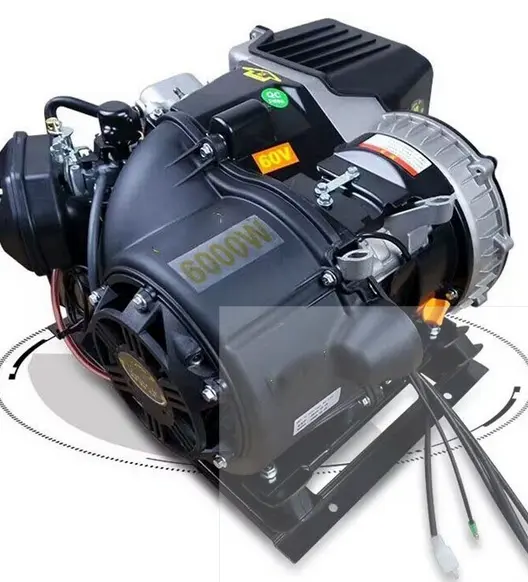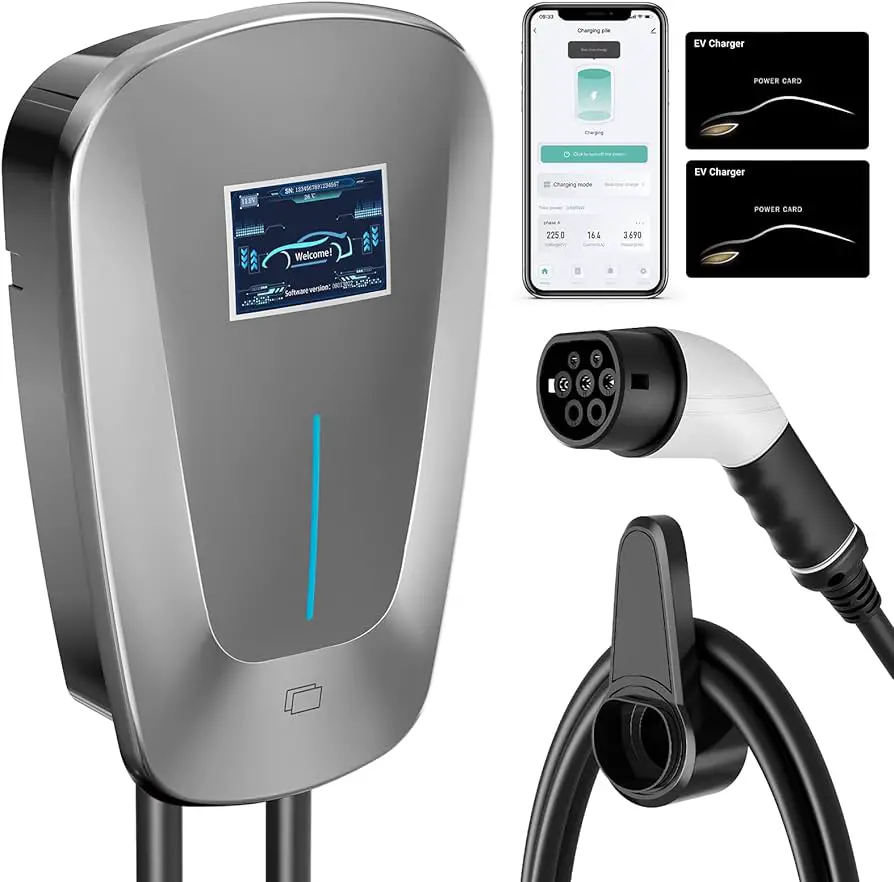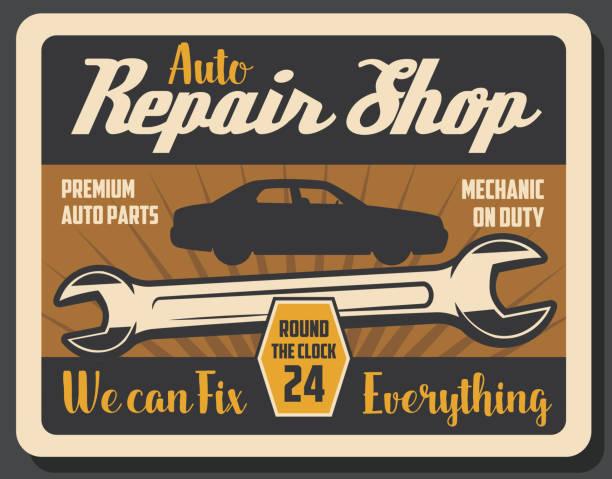The Essential Maintenance Routine for Electric Vehicles
Electric vehicles (EVs) have seen a surge in popularity due to their eco-friendly nature and efficient operation. Unlike traditional internal combustion engine (ICE) cars, EVs require minimal maintenance, making them an attractive option for environmentally-conscious drivers. In this blog post, we will outline a comprehensive maintenance routine for electric cars, with a focus on the minimal upkeep required and addressing any service needs related to range extenders.
Despite their technological differences, electric vehicles share some component similarities with traditional petrol-engined vehicles that need regular service. Despite this, their minimal need for maintenance and lack of traditional engine components like pistons, gearboxes, and internal combustion engines set them apart. However, considerations like maintaining the handbrake and ensuring resistance to rolling are also important to avoid potential accidents.

Service Hand Brake
It is crucial to ensure that the handbrake is maintained at its optimum efficiency at all times to prevent an electric car from rolling away effortlessly when parked. In addition to using the handbrake, implementing additional safety measures such as placing a brick behind a wheel on even a slight gradient can be a prudent practice to avoid potential accidents and damage.
Regular Service Check-ups
While electric cars have fewer moving parts compared to traditional vehicles, they still require maintenance. Some essential aspects to incorporate into your electric car service routine include:
a. Battery Health: Monitoring the battery’s state of charge, capacity, and temperature is essential for ensuring the longevity and efficiency of your EV. Many EVs come with built-in diagnostics to provide this vital information.

b. Tyre Maintenance: Maintaining proper tire pressure, alignment, and conducting regular tire rotations and inspections are vital for safety and efficiency.
c. Brake System: Even with regenerative braking in electric cars, it is essential to periodically inspect the braking system and replace brake pads and fluid as they will deteriorate over time.
d. Cooling System: Check that the cooling systems for the batteries and power electronics are functioning correctly to prevent overheating and maintain efficiency.
e. Software Updates: Staying informed about and installing manufacturer-recommended software updates is crucial for improving the performance, safety, and efficiency of electric vehicles.
Range Extender Maintenance (If Applicable)
For electric cars equipped with range extenders, it is important to incorporate the maintenance of these components into the service routine:

a. Fuel System: Maintain the cleanliness and functionality of the fuel system, including regular checks of the fuel filter, fuel lines, and fuel injectors.
b. Oil Changes: Adhering to manufacturer recommendations for periodic oil changes is important to ensure the longevity and efficiency of the range extender engine.
c. Exhaust System: Inspecting and replacing exhaust system components as needed is important for maintaining the performance of the range extender during its sparing use.
Charging Infrastructure
Keeping your home charging infrastructure reliable and safe is an essential consideration for electric car maintenance. Regularly inspecting the charging cable, connector, and wall-mounted charging station is crucial to avoid potential hazards.

Maintaining an electric car is simpler and more eco-friendly than servicing a traditional petrol-engined vehicle. By following manufacturer recommendations and incorporating the maintenance of range extenders if applicable, electric car owners can enjoy the benefits of minimal maintenance and contribute to a cleaner planet with a clear conscience.

